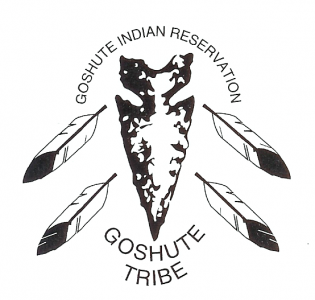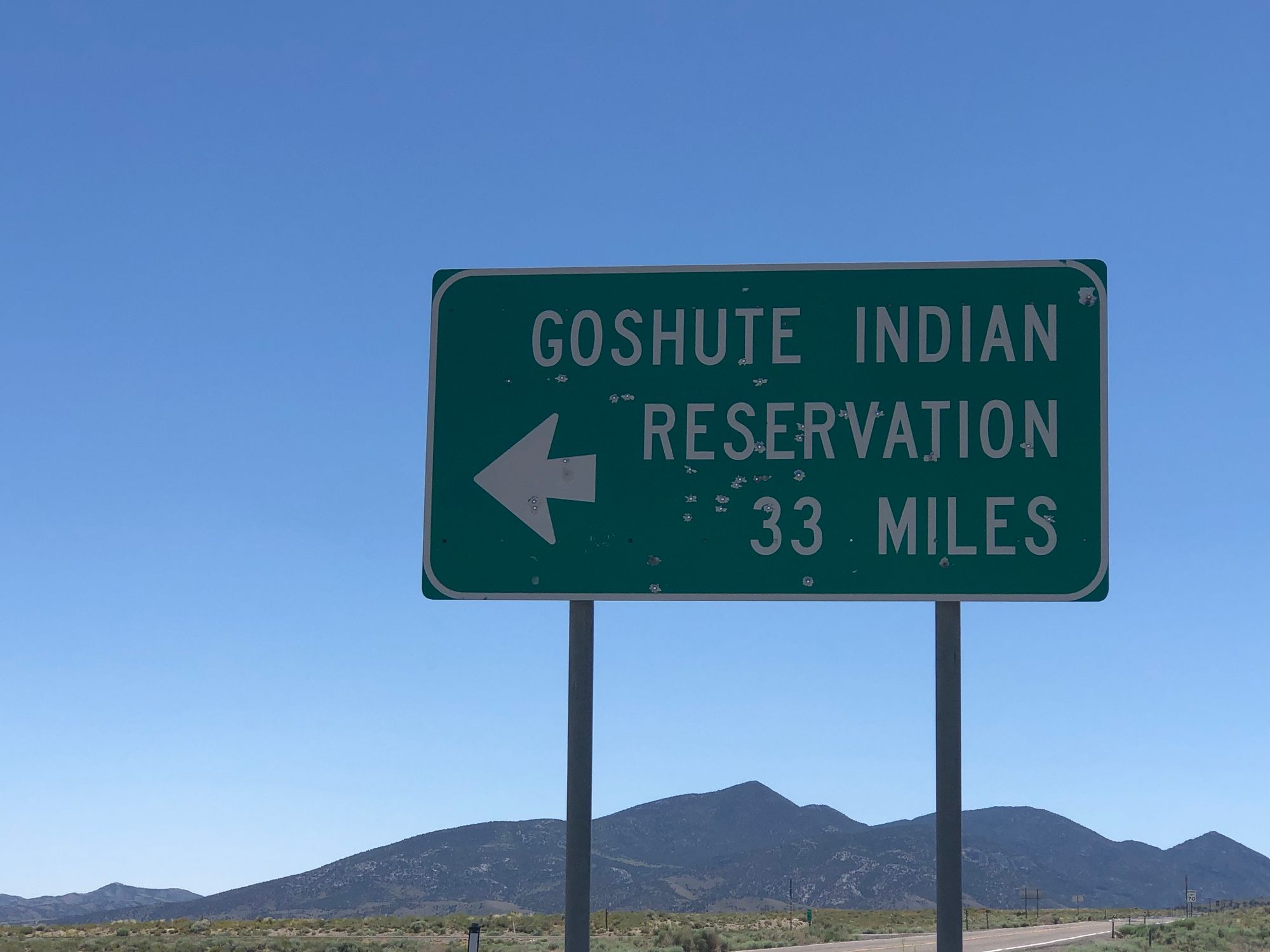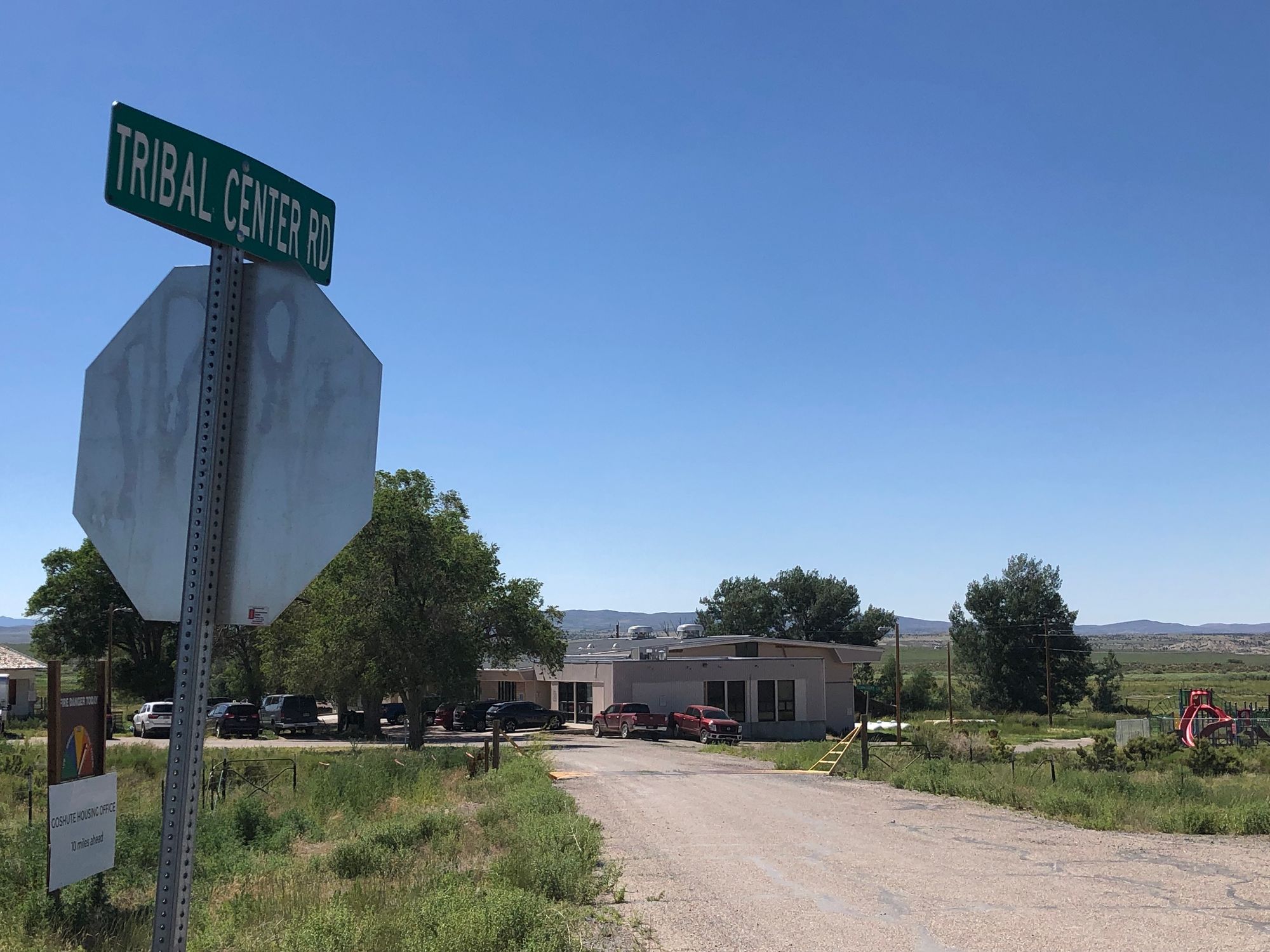Years On, the Goshutes Finally Get an $8.3 Million Answer

The 35-mile stretch of potholed and washboarded Ibapah Road in westernmost Tooele County on the Utah-Nevada border that connects the ~650 members of the Confederated Tribes of the Goshute Reservation with "civilization" some two hours away is finally going to receive much needed repairs.
Now, the only real question is, "Why did it take so long?"
I've been to a few places in my life where the phrase "the middle of nowhere" truly applies. For example,
- Emmigration Basin Wilderness Area in the central Sierra Nevada mountain range is one such area;
- So is the Virgin River gorge between the Arizona and Nevada borders on Interstate 15.
And now I can add another area to my list of "middle of nowhere" places: Ibapah Road.

The appropriately maligned two-lane blacktop known as Ibapah Road starts roughly 24 miles south of West Wendover, Nevada down U.S. Highway 93A, veering mostly southeast before heading due south as a pothole-plagued and washboarded strip of ashphalt pointing toward Ibapah, Utah - the "offical" center of the over 190-square-mile Reservation of the Confederated Goshute Tribes.
To be honest, I'd never even heard of Ibapah - pronounced EYE-buh-paw - before I tumbled across a news release from the Federal Highway Administration (within the U.S. Department of Transportation) announcing that the federal government had awarded an $8.3 million grant to Tooele County to repair Ibapah Road.
According to the news release, the Ibapah Road Safety and Rehabilitation Project was designed to
"... provide essential mobility and safety improvements along 35 miles of a rural highway that is the principal route connecting the Confederated Tribes of Goshute Reservation with goods, services and schools in Utah and Nevada."
Specifically, the project is slated to include
- Roadway rehabilitation,
- Repaving,
- Shoulder widening,
- Updated signage, and
- Other unnamed safety features.
On the surface the press release seemed fairly straightforward:
Here's an $8.3 million grant to repair a 35-mile stretch of roadway that connects a Native American tribe to civilization.
And yet as I began to dig into the details, I found I had more questions than answers, questions that eventually led to a multi-day search for firsthand answers*, including a nine-hour, 370-mile roundtrip from South Jordan, Utah to Ibapah and back again.
Here's what I discovered.
Ibapah Road: The Road to Civilization
No one seems to know for sure how long it's been since the first concrete or asphalt was laid down on what is now Ibapah Road, although Dustin Jansen, Director of Utah's Division of Indian Affairs, thinks it was probably over 30 years ago.
Regardless, beyond bushwacking crosscountry via horseback, ATV, or on foot, the only realistic way to get to Ibapah is via Ibapah Road. There is no other way.
{AUTHOR'S NOTE: Sure, you could parachute into Ibapah or drop in via a helicopter ride. But for most people, the road is the only realistic option.}
As I drove Ibapah Road for the first time roughly 10 days ago, it was obvious to me that there had been some effort made to provide at least temporary, if not emergency, repair work in various locations along two-lane road.
But at this point, to this visitor at least, it appears that this is a stretch of roadway mostly forgotten. Or ignored.

So when Tribal Council Member Mary Pete-Freeman explained to me that the 7th through 12th graders on the reservation take a two-hour bus ride that starts at 6:30am just to get to school in Wendover on Mondays through Fridays, plus a two-hour ride back each day, my mind kind of glazed over at the thought of such a monotonous, gut-busting roundtrip five days a week.
And it's not like these kids are surfing the web from their iPhones, or making TikTok videos, or even texting family or friends on the ride, as there's only cell service for roughly 10 miles or so of the 60-ish mile drive.
On top of that, there is no convenience store or grocery store in Ibapah or on the reservation.
Similarly, there is no hospital or health clinic on "the Res" or in Ibapah. Or gas stations. Or department stores. Or hardware stores.
None whatsoever.
In fact, beyond subsistence farming and a bit of cattle ranching, the only other opportunities for paying jobs on the reservation is working for the Confederated Goshute Tribes, such as working for the Tribal Council or the Goshute Tribal Housing Authority, where Pete-Freeman is apparently also the Vice Chair.
{AUTHOR'S NOTE: Well, that actually may not be entirely true, as Pete-Freeman did share a shocking fact with me during my brief visit, and that's that there's actually fiber optic cable laid underneath/beside Ibapah Road, which means high-speed broadband connectivity is possible in and near Ibapah. And that, in turn, means a possibility of doing all sorts of Internet-based remote digital work. From Ibapah. Or from the reservation.}
However, as one tribal member explained to me, the vast majority of working adults on the reservation actually have jobs in West Wendover, Nevada or in neightboring Wendover, Utah, both a two-hour ride to the north and a two-hour ride back.
Okay - $8.3 Million. Now What?
According to Director Jansen, Utah's Governor Spencer Cox has been aware of the embarrassing condition of Ibapah Road for some time and has, in the past, tried unsuccessfully to get the state Legislature to authorize funding for its repair and upkeep.
However, in various off-the-record comments from different parties, it appears to this author that Ibapah Road had, in essence, fallen between the cracks, apparently since the road primarily served a population that, at best, was maybe 650 total tribal members today. At least that's the number that Tribal Council Member Pete-Freeman suggested to me was fairly close to the actual number of members of the Confederated Goshute Tribes.
Nonetheless, efforts to secure federal funding have now proven successful and an $8.3 million grant has been awarded. Unfortunately, it's not quite that simple.
Thankfully, Brittany Lopez, Assistant County Manager of Tooele County, was able to help me navigate the nuances of this federal grant to gain a greater understanding of how the work on Ibapah Road will actually proceed.
Specifically, although the U.S. DOT news release said the money was "granted" to Tooele County (and it was, per sé), the money actually ends up in the state coffers, specifically under the jurisdiction of the Utah Department of Transportation.
Additionally, Lopez explained, Tooele County will lean heavily on the Utah DOT for all work required for, and related to, the repair of Ibapah Road, including everything from potential Environmental Impact Statements (if needed) to surveying, and from soliciting contractors to overseeing repairs ... everything.
When such work would begin, however, Lopez could not say for sure, just that she expected initial efforts to begin "soon."
Closing Thoughts
In other words ... sometime in the near future, perhaps within days, but hopefully before the first snows fly, actual repair work will begin on this mostly forgotten, 35-mile stretch of two-lane blacktop, a road connecting the some 650 members of the Confederated Goshute Tribes with middle / high schools, professional medical services, grocery stores, gas stations, and yes, civilization.
So ... is it worth the roughly $12,750 per person to repair this Godforsaken-road? To me, the answer is, "How is it not?"
But I also believe that's the wrong question.
Rather, I think the better question is,
Why has it taken so long?
* - Research for this article included on- and off-the-record conversations and interviews with individuals working for the Utah Governor's Office, the Utah Department of Transportation, the Utah Division of Indian Affairs, Tooele County government, members of the Tribal Council and of the Confederated Tribes of the Goshute Reservation., and Tsosie Law.




Comments ()